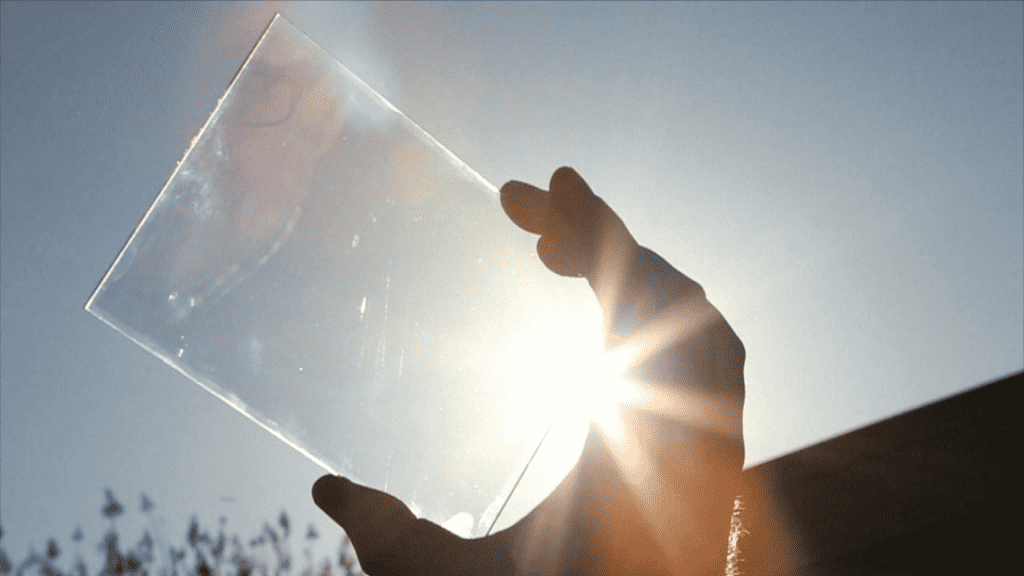Researchers from Tohuku University in Japan have stepped up to develop a nearly invisible solar cell. This cutting-edge technology can actually convert sunlight into energy from the glass panels of smart devices, windows, and greenhouses. Indium tin oxide (ITO) and tungsten disulfide (WS2) have been used in the construction of this nearly invisible solar cell. However, ITO was used as a transparent electrode, and WS2 has been accustomed to as a photovoltaic layer. The most interesting thing to note is that the solar cell has attained the 79% transparency barrier and can be widely deployed on a larger scale for harvesting a great amount of energy.

As a matter of fact, there is still an underlying challenge that is causing some eyebrow-raising concerns and that is related to the average visible transparency of these solar cells. It has been reported that in spite of the incredible achievements in solar technology with perovskite and organic semiconductors, the level of the average transparency still falls below 70%, so there is a considerable need to work in this domain and achieve the maximum possible transparency level with efficiency.
This nearly invisible solar cell is named the “Schottky junction solar cell” and is an incredible scientific feat on its own. It works by separating the charges, which is achieved when an amalgamated material or a layer is put between a metal and a semiconductor. In this way, the electron-hole pairs become separated through the integration of charge separation that is made possible with the help of an electrode and a semiconductor device as discussed above. It is worth noting that WS2 has been regarded as the best fit to be deployed as a photovoltaic layer in this type of solar cell because of its greatest absorption coefficient per thickness.
Coupled with this, it was analyzed that the materials that were used to create a power difference and ultimately generate power engrossed optimization into the solar cells and achieved a power conversion efficiency of 1000 times more than that of the “device employing a regular ITO electrode.” Hence, the researchers performed different experiments with this solar cell having an area of about 1 cm square, and by frequently deploying the connections into series and parallel combinations, it was found that the power generation capacity has been increased by up to 420 pW.

The technology speaks for its efficacy itself, as it is built on the neat idea of generating electricity from glass surfaces. And you would be amazed to know that there are around 5 to 7 billion square meters of glass surfaces in the United States alone, so we can make a wild guess at how much electricity can be generated from this resource alone.


